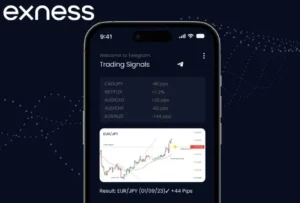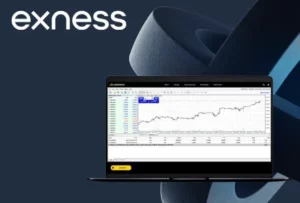Choosing the right leverage is one of the most crucial decisions a trader makes when trading on Exness. Leverage allows you to control a larger position in the market with a smaller initial investment, amplifying both your potential profits and risks. As a Nigerian trader, it’s essential to understand how leverage works and how to choose the best leverage level for your trading style, capital, and risk tolerance. In this article, we will explore Exness’s leverage options, how to find the best leverage for you, and how leverage affects your trades.
What is Leverage and How Does it Work?
Leverage is a tool that allows traders to control a larger position in the market with a smaller initial investment, known as the margin. For example, if you have leverage of 1:200, for every $1 of your own capital, you can control a position worth $200. Leverage magnifies both potential profits and potential losses.
- Example: With a leverage of 1:1000, you can control a position of $100,000 with only $100 in margin.
- Margin is the amount of money required to open and maintain a position, while leverage amplifies that amount.
How Leverage Affects Your Trades on Exness
Leverage allows you to control a larger trade size than your account balance would normally permit. While this can amplify profits, it also increases your exposure to risk. Here’s how leverage works on Exness:
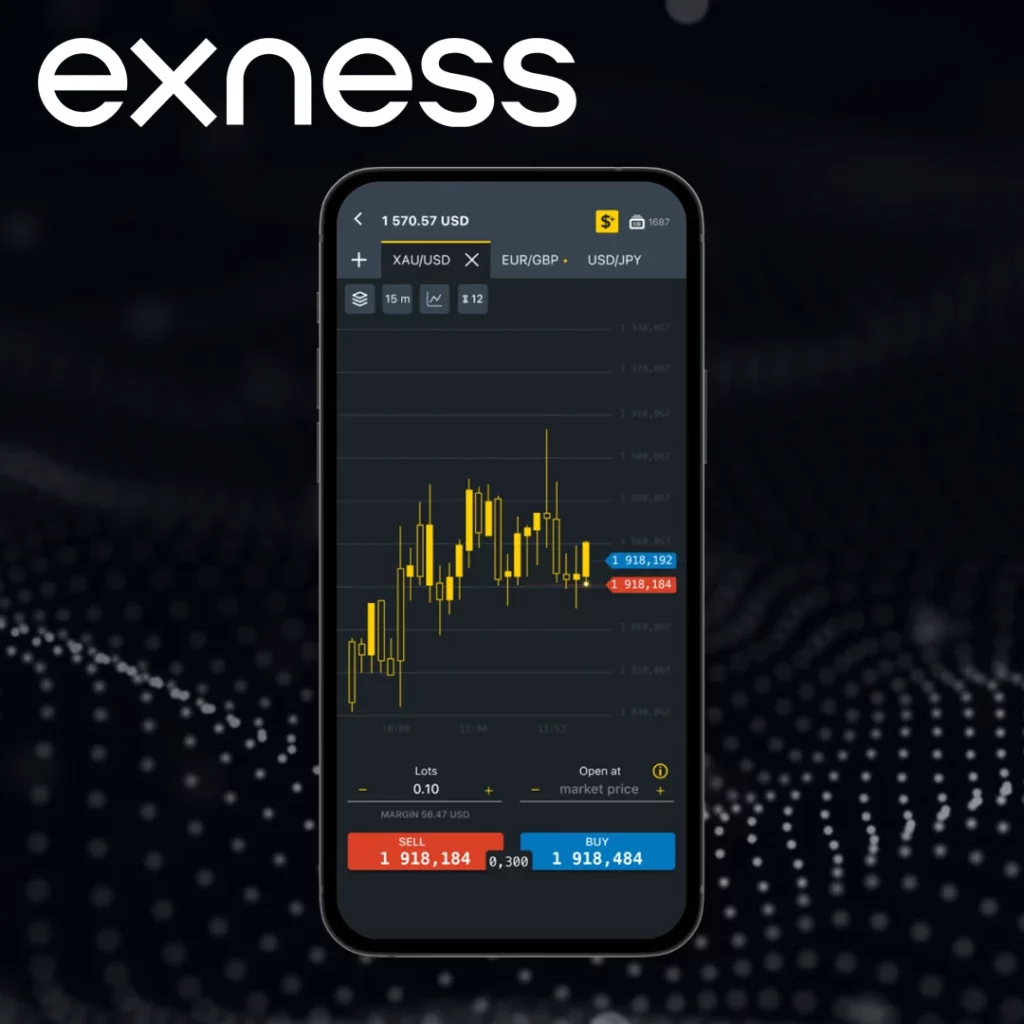
- Margin Requirement: Leverage directly affects your margin requirement. For example, if you are using 1:2000 leverage, your margin requirement for a $10,000 position will be only $5. However, with 1:100 leverage, the margin required will be $100.
- Risk Exposure: While higher leverage allows you to open larger positions, it also increases the risk of margin calls. If the market moves against your position, your losses can be much larger than if you had used lower leverage.
Example of Leverage in Action:
Let’s assume you are trading EUR/USD with $1,000 in your Exness account.
- With 1:100 leverage, you can control a position worth $100,000 with your $1,000 deposit.
- With 1:2000 leverage, you can control a position worth $2,000,000 with the same $1,000 deposit.
Exness Leverage Options
Exness provides different leverage levels depending on the account type you choose. Below are the leverage options for each account:
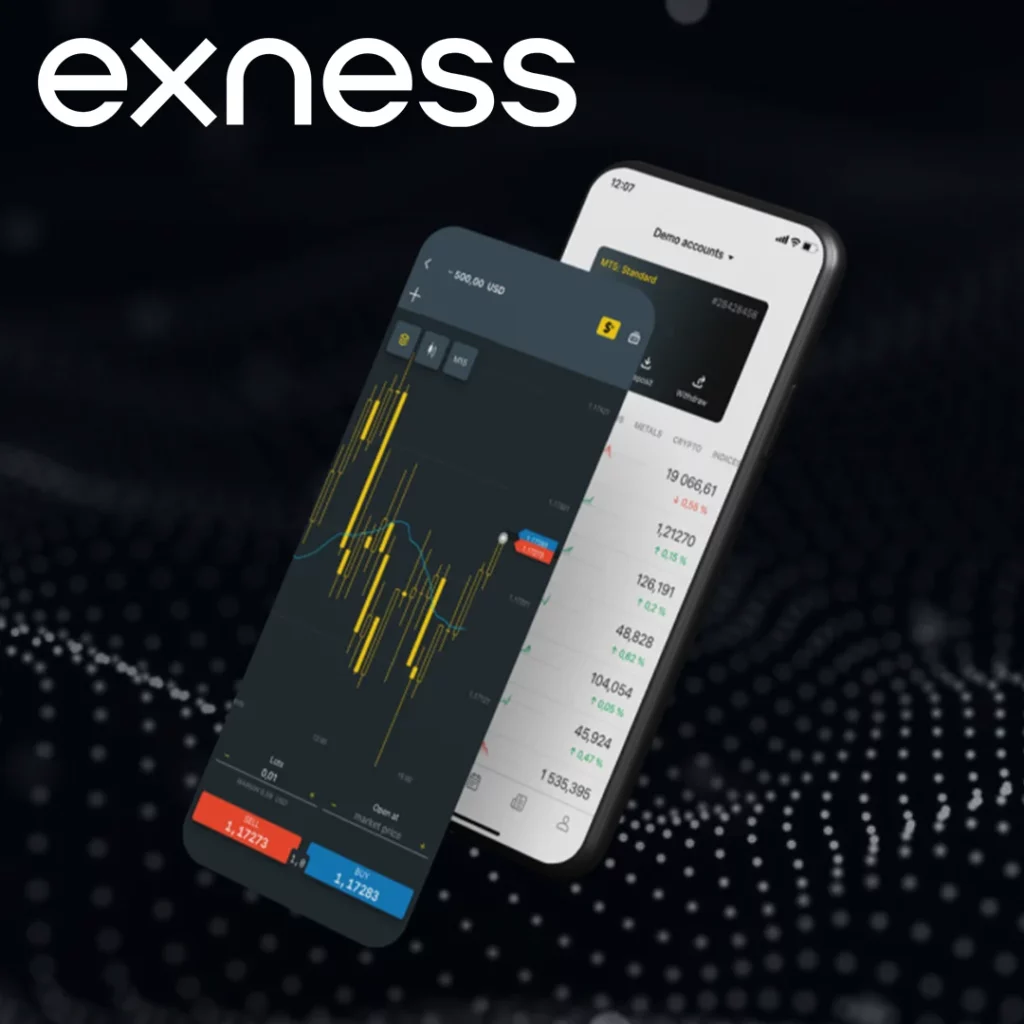
- Standard Account:
- Leverage up to 1:2000.
- Suitable for most traders, offering flexibility and higher exposure for traders with smaller accounts.
- Pro Account:
- Leverage up to 1:2000.
- Designed for intermediate traders who need more advanced tools and better conditions.
- ECN Account:
- Leverage up to 1:200.
- Suitable for professional traders and scalpers who need the tightest spreads but are comfortable with lower leverage to reduce risk.
- Zero Account:
- Leverage up to 1:200.
- Ideal for high-frequency traders who require zero spreads and can handle the associated risk of higher leverage.
How to Choose the Best Leverage for Your Trading Style
Selecting the right leverage depends on several factors, including your experience level, trading style, capital, and risk tolerance.
For Beginners:
- Leverage: A lower leverage (e.g., 1:50 or 1:100) is generally recommended for new traders to limit risk. This allows beginners to take smaller positions and gives them more time to learn how to manage trades effectively.
- Why it’s best: Lower leverage reduces the risk of significant losses. As you become more comfortable and experienced, you can gradually increase leverage.
For Intermediate Traders:
- Leverage: Traders with more experience, but not yet fully advanced, might consider leverage up to 1:200 or 1:500.
- Why it’s best: This level of leverage offers more flexibility in opening larger positions while still being manageable. Intermediate traders can handle more risk but need to monitor their positions carefully.
For Advanced Traders:
- Leverage: Experienced traders or those with higher risk tolerance can use leverage up to 1:2000, especially on Standard and Pro Accounts.
- Why it’s best: Higher leverage allows for larger trades with relatively smaller capital. However, advanced traders must have solid risk management strategies in place, such as stop-loss orders and take-profit levels.
Leverage and Risk Management
While high leverage can increase potential profits, it also increases the risk of significant losses. Proper risk management is key when using leverage on Exness:
- Use Stop-Loss Orders: A stop-loss helps limit losses if the market moves against your position. Set a stop-loss at a level where you are willing to accept the loss before the position gets out of hand.
- Risk-to-Reward Ratio: Aim for a 1:2 or 1:3 risk-to-reward ratio to ensure that your potential reward outweighs your potential risk.
- Margin Calls: If your account balance falls below the margin requirement, you’ll face a margin call. Make sure your leverage is manageable to avoid unnecessary risk of losing your position.
Leverage and Nigerian Traders: Special Considerations
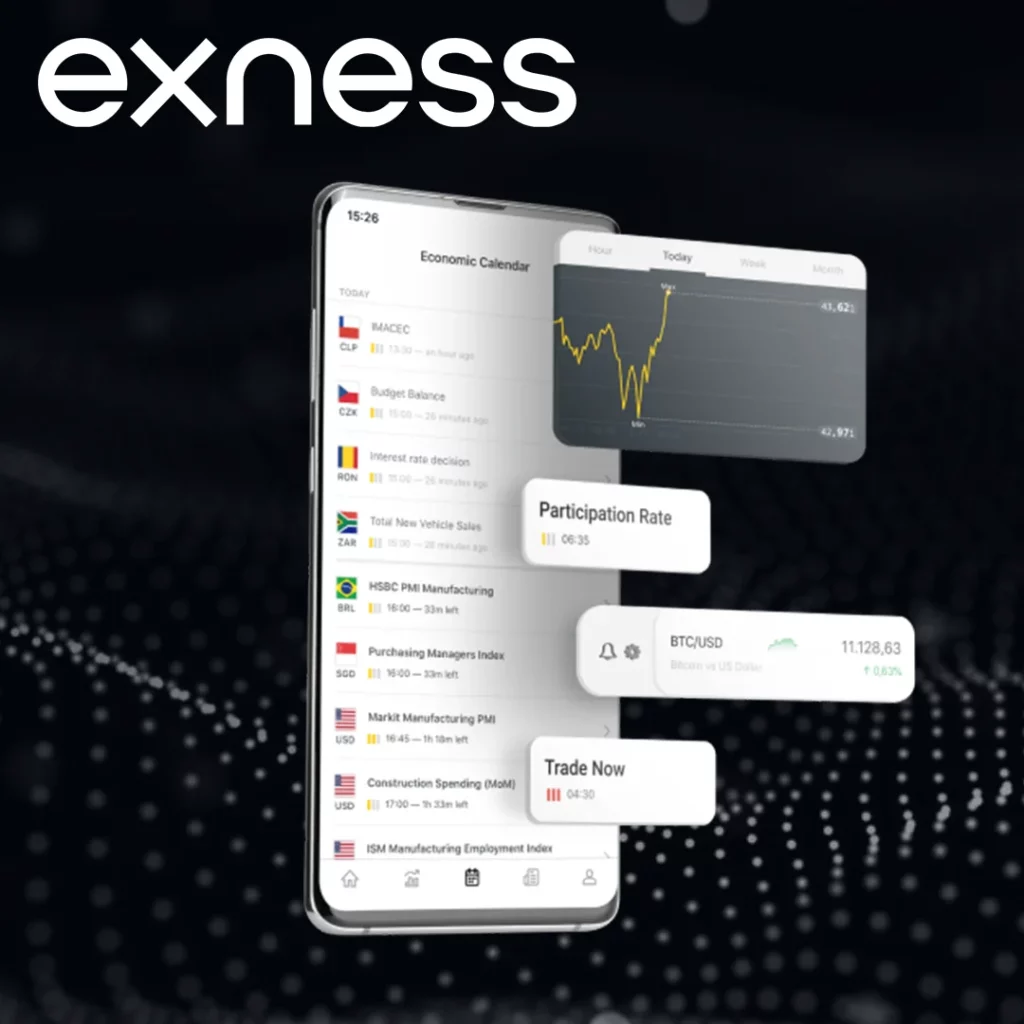
For Nigerian traders, selecting the right leverage is especially important due to currency volatility and potential economic factors affecting the NGN (Nigerian Naira). When using high leverage, small market fluctuations can significantly impact your positions.
- Currency Volatility: The NGN can experience volatility, and using higher leverage in such conditions may increase the risk of large losses. It’s essential to consider the stability of the Nigerian Naira and economic conditions when deciding on leverage.
- Market Conditions: The forex market can move rapidly, and Nigerian traders should adjust their leverage based on their understanding of market conditions.
Exness Leverage Restrictions and Regulations
Exness complies with international regulations for leverage limits. Depending on where you are located, leverage options might be regulated to ensure you don’t take on more risk than necessary.
- Exness’s Regulatory Compliance: Exness is regulated by various financial authorities like the FCA (UK), CySEC (Cyprus), and others, which may impose limits on leverage depending on market conditions.
- Risk Management: Exness also has built-in risk management features to protect traders and ensure they are using leverage responsibly.
How to Set Leverage on Your Exness Account
Setting leverage on your Exness account is straightforward:
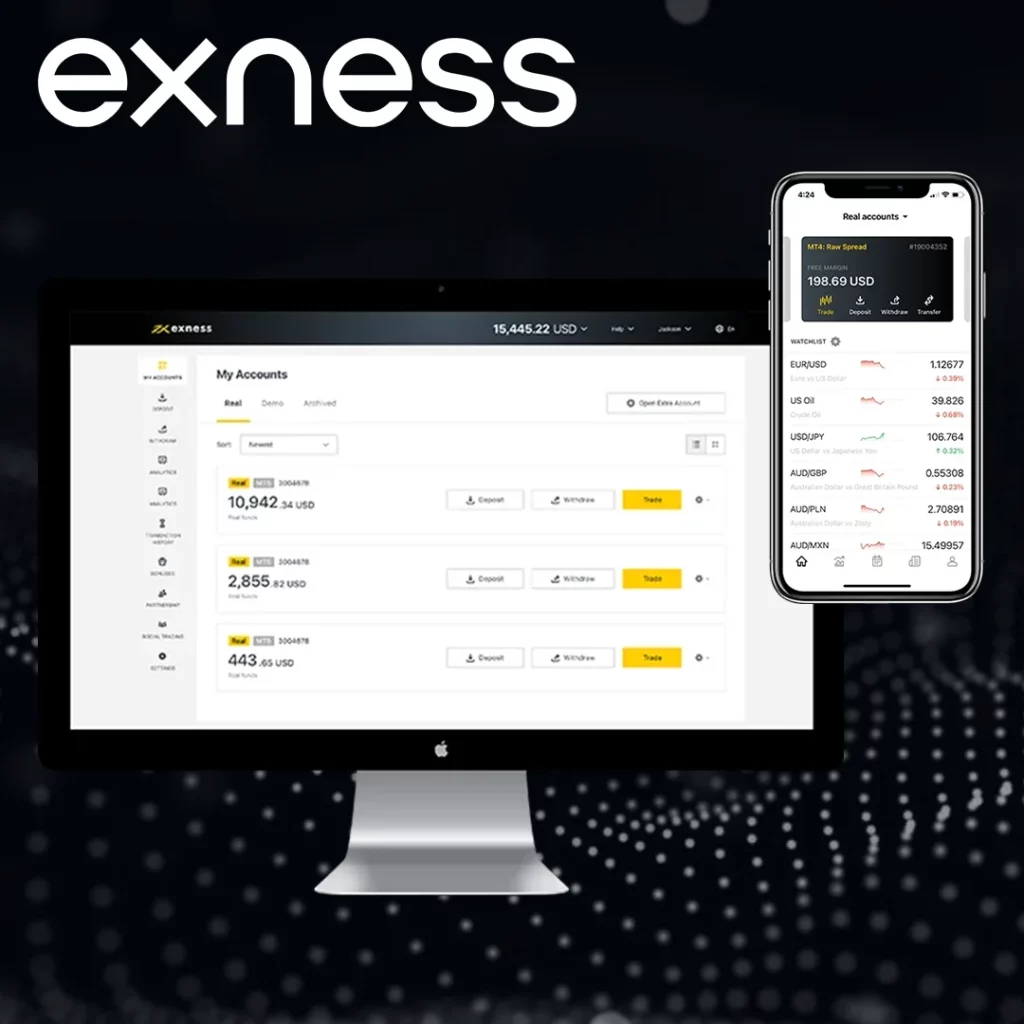
- Log in to your Exness Client Portal.
- Go to Account Settings and choose the account you wish to adjust leverage for.
- Select your preferred leverage level and confirm the changes.
Best Practices for Using Leverage Effectively
- Start small: Begin with lower leverage and gradually increase it as you gain more experience.
- Use risk management tools: Set stop-loss orders and define your risk-to-reward ratio.
- Understand your limits: Choose leverage based on your capital and risk tolerance.
- Practice with a demo account: Test different leverage levels without real money to see how it affects your trading strategy.
Conclusion
Finding the best leverage on Exness depends on your trading experience, risk tolerance, and trading style. Whether you’re a beginner using lower leverage or an experienced trader utilizing high leverage for more flexibility, the key to success is risk management. By understanding how leverage works, how it impacts your trades, and how to use it wisely, you can enhance your trading performance on Exness. Always be cautious when using high leverage and ensure you have a solid risk management plan in place.

Trade with a trusted broker Exness
See for yourself why Exness is the broker of choice for over 800,000 traders and 64,000 partners.


